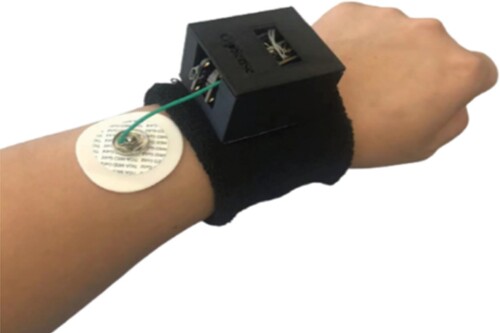Figures & data
Figure 1. Intersection of architecture value-based principles, and architecture building blocks addressing them.
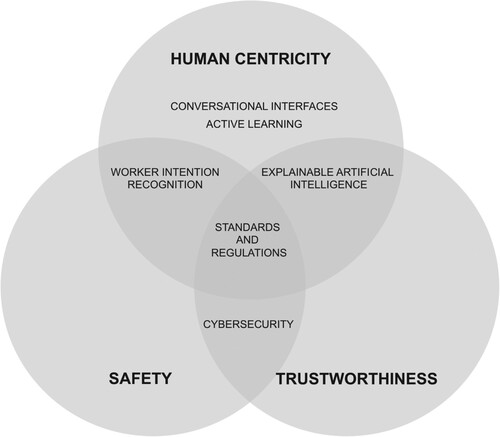
Figure 2. Proposed architecture contextualised within the BDVA reference architecture components.
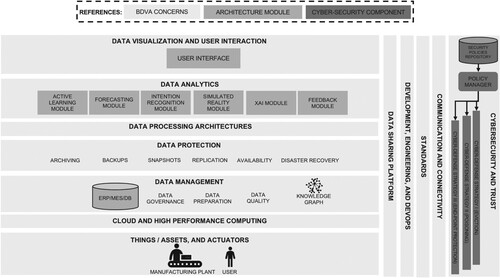
Figure 3. The proposed architecture modules, a storage layer, and their interactions. In addition, we distinguish (a) the physical and digital worlds, (b) manufacturing platforms, (c) artificial intelligence systems, and (d) digital twin capabilities.
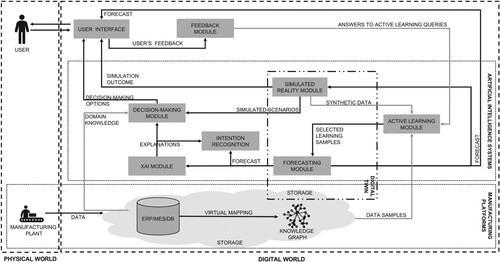
Figure 4. Samples of three types of images: (a) good (no defect), (b) double-print (defect), and (c) interrupted print (defect).

Figure 5. Sample screen for the manual revision process. We provide the operator an image of a non-defective part, the image of the component being inspected, and the hints regarding where we do expect the error can be. The images correspond to cases where the hints were created with (a) GradCAM, (b) DRAEM, and (c) the most similar labelled image.
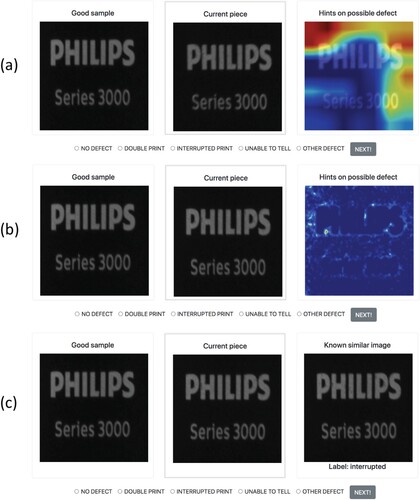
Data availability statement
Data not available due to restrictions.

